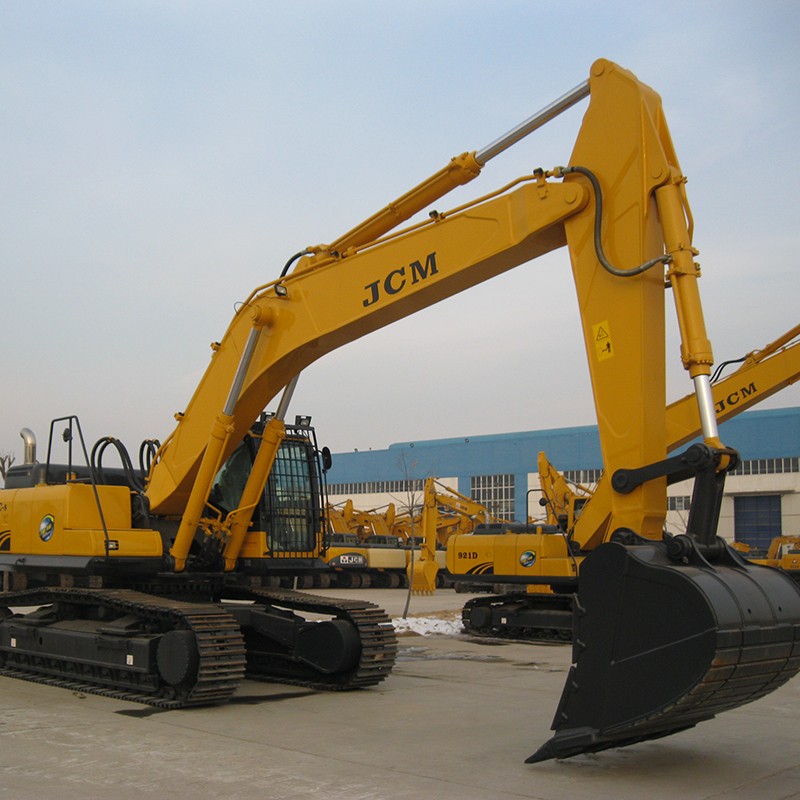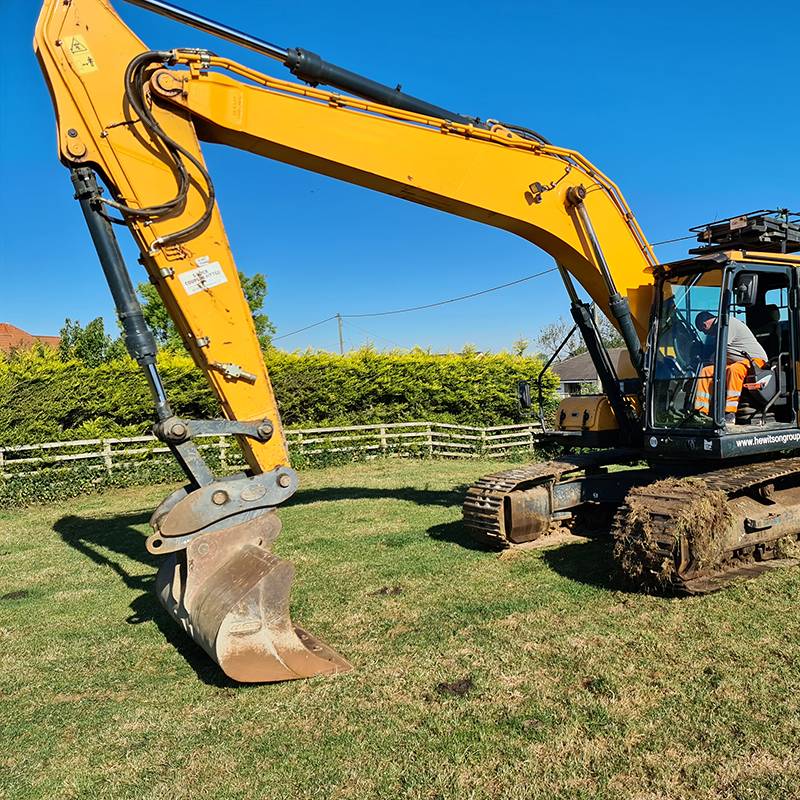 English
English Español
Español  Português
Português  русский
русский  Français
Français  日本語
日本語  Deutsch
Deutsch  tiếng Việt
tiếng Việt  Italiano
Italiano  Nederlands
Nederlands  Polski
Polski  한국어
한국어  Svenska
Svenska  magyar
magyar  Malay
Malay  বাংলা ভাষার
বাংলা ভাষার  Dansk
Dansk  Suomi
Suomi  हिन्दी
हिन्दी  Pilipino
Pilipino  Türkçe
Türkçe  Gaeilge
Gaeilge  العربية
العربية  Indonesia
Indonesia  Norsk
Norsk  تمل
تمل  český
český  ελληνικά
ελληνικά  український
український  Javanese
Javanese  فارسی
فارسی  தமிழ்
தமிழ்  తెలుగు
తెలుగు  नेपाली
नेपाली  Burmese
Burmese  български
български  ລາວ
ລາວ  Latine
Latine  Қазақша
Қазақша  Euskal
Euskal  Azərbaycan
Azərbaycan  Slovenský jazyk
Slovenský jazyk  Македонски
Македонски  Lietuvos
Lietuvos  Eesti Keel
Eesti Keel  Română
Română  Slovenski
Slovenski  मराठी
मराठी  Srpski језик
Srpski језик  ภาษาไทย
ภาษาไทย
How to Correctly Identify a Used Excavator?
2025-01-12
1. Appearance identification
Appearance condition: First of all, pay attention to the appearance of the second-hand excavator. The appearance should be neat, without obvious scratches, no pendants, no auxiliary equipment, and no obvious rust. Look at the overall condition of the front cover and wheels. If the appearance is seriously dented, the waterproof performance is poor, and there is water seepage in the loose places, especially if the vehicle has been hit or the bucket is severely worn, such an excavator needs to be carefully considered.
Tire identification: Tires are also one of the key points of appearance identification. If the tire is deformed, has serious cracks, uneven tire pattern wear, and wheel rim rust, it is not suitable to buy.
2. Engine identification
Based on on-site practical inspection: The engine is one of the most important parts of the excavator and needs to be carefully inspected. Through practical inspection of the working state of the engine, you can start with a low speed, slowly increase the engine speed after starting, get on the car after the temperature rises, and observe the color and roar of the engine smoke. At the same time, check the condition of the engine intake and exhaust systems.
Check the maintenance records: It is also necessary to pay attention to the daily maintenance of the engine, especially whether the replacement of mid- and late-stage parts is regular and whether the operation is carried out in accordance with the requirements of the maintenance manual. If there is no maintenance record, or the maintenance record is irregular or incomplete, this may mean that there is a quality problem with the engine.
3. Chassis identification
Chassis abnormal noise inspection: When purchasing a second-hand excavator, the chassis is also a factor to consider. Special attention should be paid to the operating condition of the chassis, whether there is abnormal noise, etc., especially if the hand wheel is loose.
Track condition: In addition, it is necessary to check the wear and bending of the track and bulldozer, whether there is excessive wear or expansion, and whether the track size, spacing, and tension meet the requirements.
4. Hydraulic system identification
Hydraulic pump working status: You can observe the working status of the hydraulic pump and the color of the hydraulic oil, whether there is an odor, etc., and check whether the hydraulic pump pressure is normal.
Check the valve port: Each valve port in the hydraulic system needs to be carefully checked to check whether there is oil seepage, leakage, rust and shedding, etc.
5. Operating system identification
Finally, the operating system needs to be carefully checked, including the bucket, shovel, steering system, etc. It is necessary to check whether the various functions of the operating system are normal, whether they are stuck, and whether they are smooth. At the same time, it is necessary to check whether there is oil leakage in the hydraulic pipeline.





